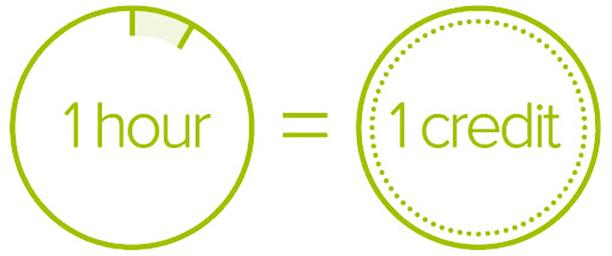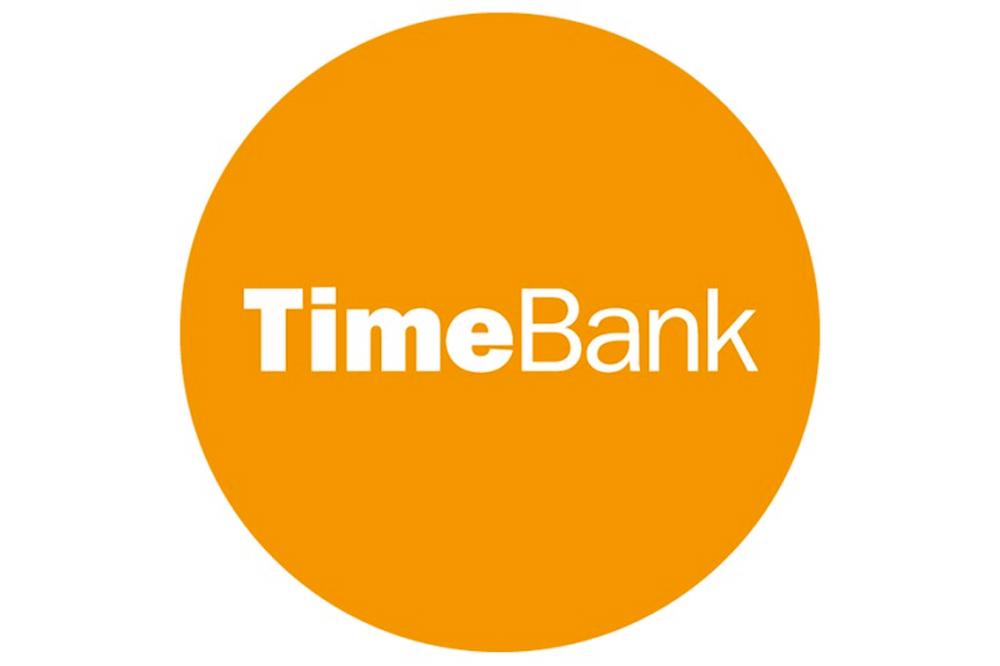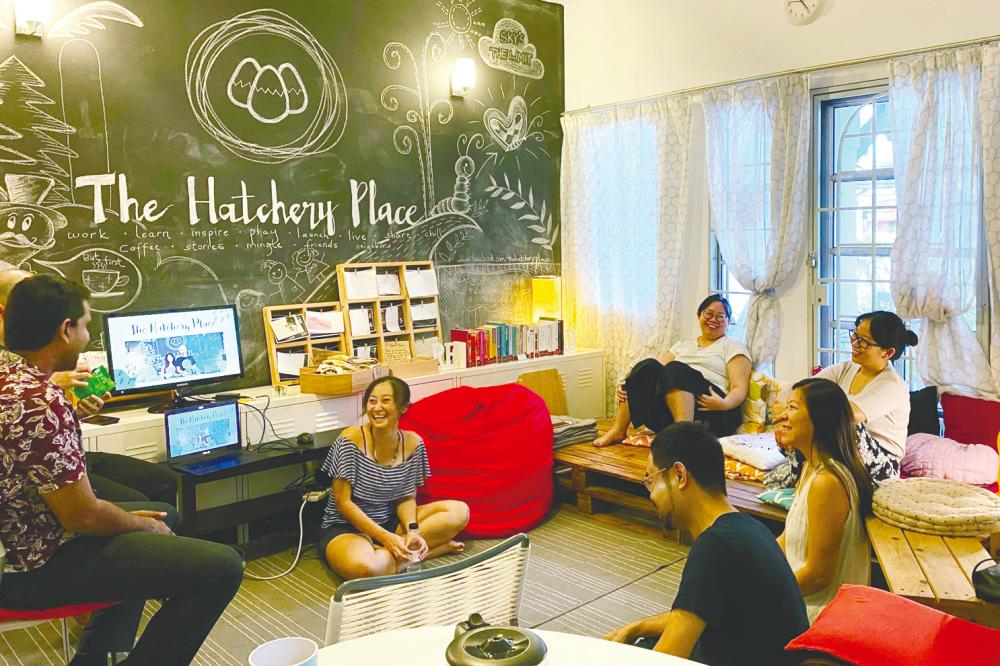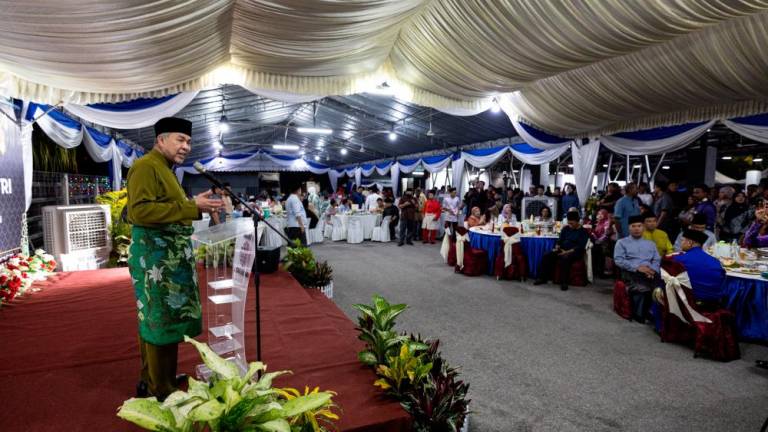ELAINE WONG, an artist and co-founder of The Hatchery Place, an in-home coworking, coliving and co-learning space, had reached an epiphany about human connections during the pandemic.
“During the two years of the pandemic, I started to realise that I needed friends that were not online. Zoom calls and electronic communications have taken a toll on me, and I craved physical connection, even if it’s just from my immediate neighbourhood,” Wong said.
“I also realised that we have started to take online groups like WhatsApp group chat for granted, a feeling like we are ‘somewhat connected’ but in actual fact, the connection is not real.”
She wanted to rekindle the rukun tetangga spirit that has long been lost in modern neighbourhoods, where we are now only connected through online group chats or Facebook.
In simpler times, we used to meet our neighbours in person, eat together, do gotong-royong, help each other, and had a common purpose to look after each other.
She was lamenting this situation to a friend from Spain, who then suggested the concept of timebank.
What is a timebank?
A timebank is a reciprocity-based skills sharing model in which hours are the currency, instead of cash. One person gives an hour of service or shares skills to another and in return, receives one time credit.
The receiver then uses the time credit to get a service or lesson from another teacher.
A person with one skill can also exchange it for an equal hour of work in another skill, instead of paying or receiving cash for their services.
There are four main kinds of timebank exchanges:
0 One-to-One, which means one person giving another, for example, giving a ride to a doctor.
0 One-To-Many, which means one person sharing skills with many people, like when a yoga teacher earns credits teaching four or five members.
0 Many-to-One, where four or more people take a job, like doing a garden clean-up for senior members, to earn credit
0 Many-to-Many, where a lot of people earn credits by organising and participating in a community pet-parade.
The concept of timebank was designed by Edgar Cahn and is popular in the USA and United Kingdom and in Asian countries like Japan and South Korea.

Timebank Meetup
“I searched online to look for one in Malaysia, but could not find any. Hence, I started it myself,” explained Wong.
Wong then organised her first timebank meet-up at The Hatchery Place last December.
She realised that communities work best when they gather regularly. Gatherings, she said, are a key component when it comes to community building because people get to know each other and become familiar with others. “We get to know what somebody’s passion is, expertise, skills, drive and motivation,” she said.
At The Hatchery Place, the TimeBank Meetup is held every two months. From the social gatherings, people can discover who’s exchanging what in the timebank. These gatherings are also a place to celebrate and share. Otherwise, the community would not know about who helped who and how.
Often at the gatherings, she would hear members saying wonderful things about the person who helped them the previous week. Members would also share their appreciation for each others’ work. Friendships were also formed through the meetups.
Among the timebanking skills shared at The Hatchery Place are meditation, life coaching, walking dogs, de-cluttering, intuitive art, self sustainable gardening mentoring, IT-related help, professional photography, translation services, and others.
Administrating timebank
Wong explained: “Since I started the initiative, I am more of an administrator of the whole timebank structure for now, but maybe I will pass the baton on to someone else if it gets too much for me.
“I help to create forms, keep track of time credits in a shared online spreadsheet, organise get-togethers with my team members, and encourage new friends to join us.”
Infact, one of her friend suggested she spread the initiative to other communities by being a consultant or training the community leaders to run it.
“Perhaps, I will in the future, but in my bi-monthly Time Bank Meetup sessions, I share the process of how I run it and encourage others to start the movement in their own area if they don’t live around us (USJ Subang Jaya).”
“This is to reduce one’s carbon footprint or transportation costs if they were to carry out their service to another,” she added.

Timebank, a tool for community service
She elaborated about how timebanks are practised in overseas communities.
She said communities generally use timebanks as a tool to forge stronger intra-community connections, a process known as building social capital. Giving and receiving are valued as contributing to the purpose of building stronger ties in the community, unlike in the money economy.
Wong said: “Edgar Cahn, who founded timebanking, wrote in his book No More Throw-Away People that he was hoping to foster ‘decency, caring, and a passion for justice’ with this new form of ‘money’.
“That is a huge umbrella, and under it, many things fit.”
She explained that the most common model of timebanking focuses on neighbours helping neighbours to assist the most vulnerable and to build a strong sense of community, but in some places, people and organisations are approaching timebanking as an opportunity to design targeted uses to achieve specific goals.
Among the services offered through timebanking are supporting hospital patients as they return to regular life at home, helping public housing residents save money, helping seniors to remain at home as they age, and bringing art and music into the community.
Timebanking helps people
Sharing her own personal experience, Wong said asking a friend for a favour is burdensome, but with timebank, she found a community that she could rely on whenever she needed help.
“Timebank as a circular gift sharing economy, solves the problem of guilt and obligation when you ask others for help,” she said.
Timebank helped her when she was looking for people to assist her when she organised events at The Hatchery Place.
“The community surprised me by volunteering to help without minding their time bank hours, due to the friendship we have built over time. I found the perfect animal lover in the community to help take care of my cat when I was away on vacation.
“I realised that unexpected friendships and genuine help occur within the timebank community. Sometimes people just give without calculating time,” she said.













